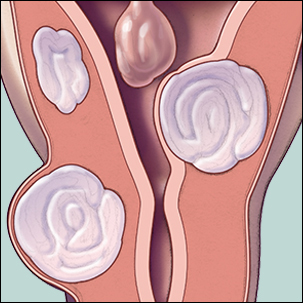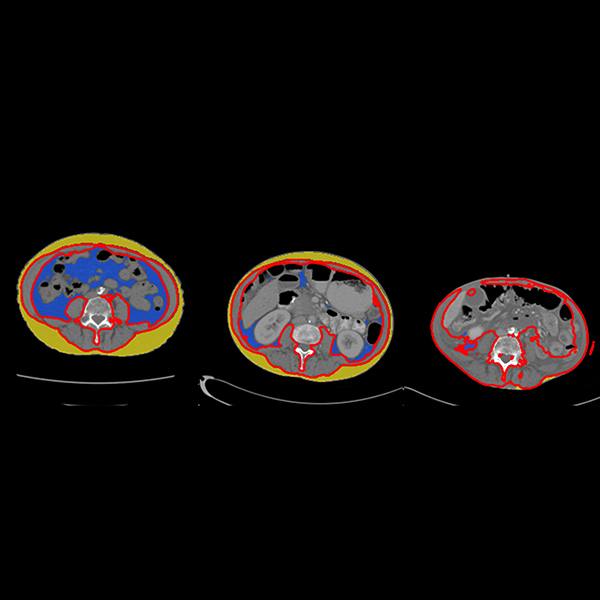-
Research
How are Helper T-Cells Made? And Yes, It’s Important.
T-cells are having a moment. Well maybe not like Game of Thrones is having a moment, but as stars of the cancer treatment, immunotherapy, T-cells are definitely cool. But what is a T-cell? And how can you get one?
Good news! Your body makes T-cells for you, a lot of them. All the time.
Wannabe T-cells are born in bone marrow and migrate to the butterfly-shaped organ called the thymus. Put your hand on your neck, right where the collar bones meet. There, now you're almost touching your thymus, which is in your rib cage just above your heart. A butterfly is a good metaphor to keep in mind, too. Like an egg becomes a caterpillar that becomes a pupa which becomes a butterfly, the T-cell goes through a life cycle to become the powerhouse protector of the body. As part of that cycle, T-cells in the thymus learn if they have aptitude for one of two jobs. But the thymus is less job training and more Hunger Games. The majority never make it out because the body culls any that aren’t just right.
Red Alert / Chemical Weapon
The overall task of a T-cell is to respond to markers, called antigens, left behind by invaders, which stick to cells in our body. T-cells have a port, or receptor, that matches to an antigen. When that happens, the T-cell turns into either a chemical weapon or an alarm bell.

Both are vital, according to Virginia Shapiro, Ph.D., immunologist and co-lead for the immunity platform for Mayo Clinic's Center for Biomedical Discovery.

"One type of T-cell can recognize that the danger is coming from inside a cell, as in the case of a virus, and will inject it with a granule of toxic chemicals. Those are the cytotoxic (kills living cells) T-cells or CD8 T-cells," she explains. The other type is the CD4, or helper T-cell, Dr. Shapiro continues. "These are the cells that get the immune message, become activated, but do not kill the messenger."
Sometimes T-cells can take care of the problem then and there, but other times, the immune system needs to coordinate for a larger clean-up mission. So both types of T-cells are important for a robust immune response.
But remember: ALL THE THINGS. How can your body create T-cells with receptors for all the antigens it might encounter?
"How many protein-coding genes are there in people?" asks Dr. Shapiro. "Twenty-one thousand-ish," she says, answering her own question. "But the body has to make antigen receptors to, well, let's just say a gazillion things for simplicity." She explains that the way that happens is the body takes gene segments, mixes and matches them in a way that’s, "actually a bit sloppy but that increases diversity even more."
And what you get is a T-cell with a receptor but no idea what it might recognize.

"Two thirds of the rearrangements will produce junk," says Dr. Shapiro. "So part of the process is to go through quality control checkpoints so you only keep T-cells with receptors that are good." In the thymus, immature T cells are tested. If the response from the receptor array (signal) does not react to anything, they're told to die. If their receptor reacts to the part of the cell that defines "you" (versus "not-you") then they're also culled to prevent damage to your own tissue.
"You need the signal through the receptor to be not too strong, not too weak but just right," says Dr. Shapiro. "Once it's in that goldilocks zone, the T-cell has a choice. Do I become a helper T-cell or a cytotoxic T-cell?"
Providing a Choice
In a recent paper in eLife, Dr. Shapiro and her team clarified an important part of this process in mice. At the point where surviving T-cells choose what to be, an enzyme called histone deacetylase 3 or HDAC3 helps keep both options open. It is part of a family of enzymes that typically repress gene expression. In this case Dr. Shapiro's team reports that HDAC3 holds back the expression of genes that push a T-cell to become cytotoxic and allow T-cells down the path of becoming helper cells.
"When it comes to making that decision T-cells have two fates," says Dr. Shapiro. "But when HDAC3 is gone, it doesn't matter if you were supposed to be a cytotoxic or a helper. The deck is stacked and everybody becomes cytotoxic."
That means only T-cell chemical weapons, no T-cell alarms to coordinate immune response.

In a separate paper, published in The Journal of Immunology, the team expanded on the role of HDAC3. They report that it also suppresses genes for a particular receptor called P2X7.
"P2X7 is a receptor that recognizes the energy molecule in cells, which they release as they die," explains Dr. Shapiro. "With only 10 percent of T-cells in the goldilocks zone, there are lots of dying cells, meaning the thymus is an environment rich in that molecule, called ATP. So without HDAC3, you have more P2X7 receptor expressed on the surface of the T-cells and more cell death, meaning fewer T-cells in general."
That means without HDAC3, the body can only produce chemical weapons and will produce fewer T-cells in general.
And that could be a problem for patients during cancer treatment.

T-Cell Development Informs Cancer Therapies
Some cancer treatments use HDAC-inhibitors. That is, as part of treatment they block HDAC. Now, if you already have helper T-cells you don't need HDAC3.
"But tumors are really good at shutting down an immune response and exhausting T-cells," says Dr. Shapiro. "You depend on having newly generated T-cells coming into the tumor that have not been spoiled by the tumor. So these inhibitors may have an effect on normal cells and introduce unintended effects."
Right now, Dr. Shapiro says, we have the broad picture and we know HDAC3 is critical, but "the next step is to understand it at a mechanistic level and ask the molecular questions."
To improve cancer therapy, we have to understand one of the body’s best weapons against it, says Dr. Shapiro.
"If you have diseases which disrupt the ability to make T-cells it has a severe effect on health," Dr. Shapiro says. “So at the most basic level we care about how you make a T-cell."
###







